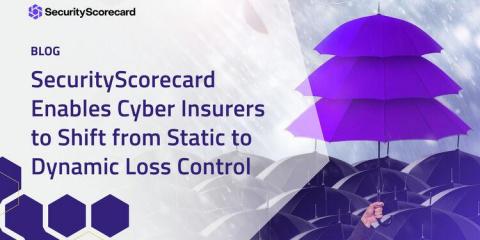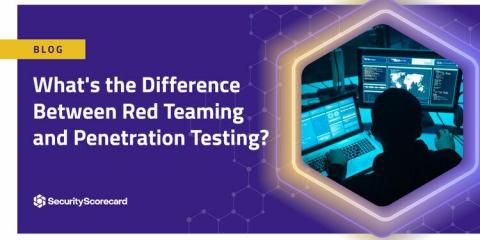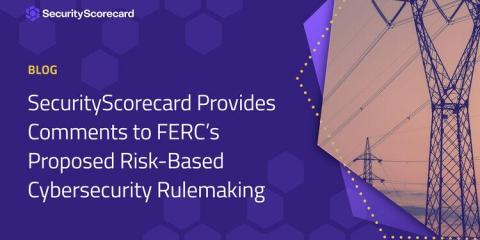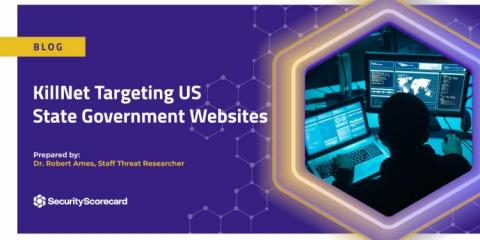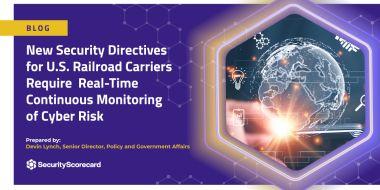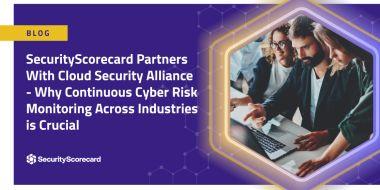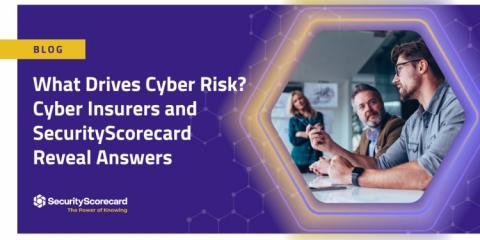SecurityScorecard Enables Cyber Insurers to Shift from Static to Dynamic Loss Control
It’s no secret that loss control programs are essential for cyber insurance. Unlike other forms of insurance where the risk and assets don’t change much during a policy term, cyber insurance is meant to mitigate a constantly evolving risk and cover organizations whose security posture is always changing. A cyber insurance policy could be priced completely differently today compared to a few weeks or months later.


